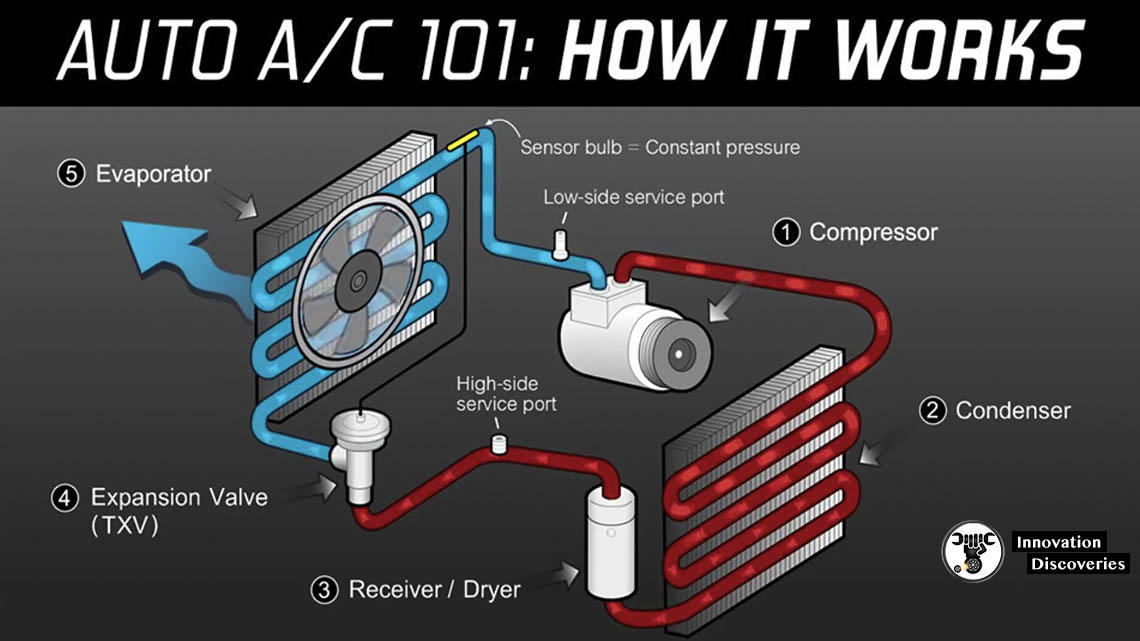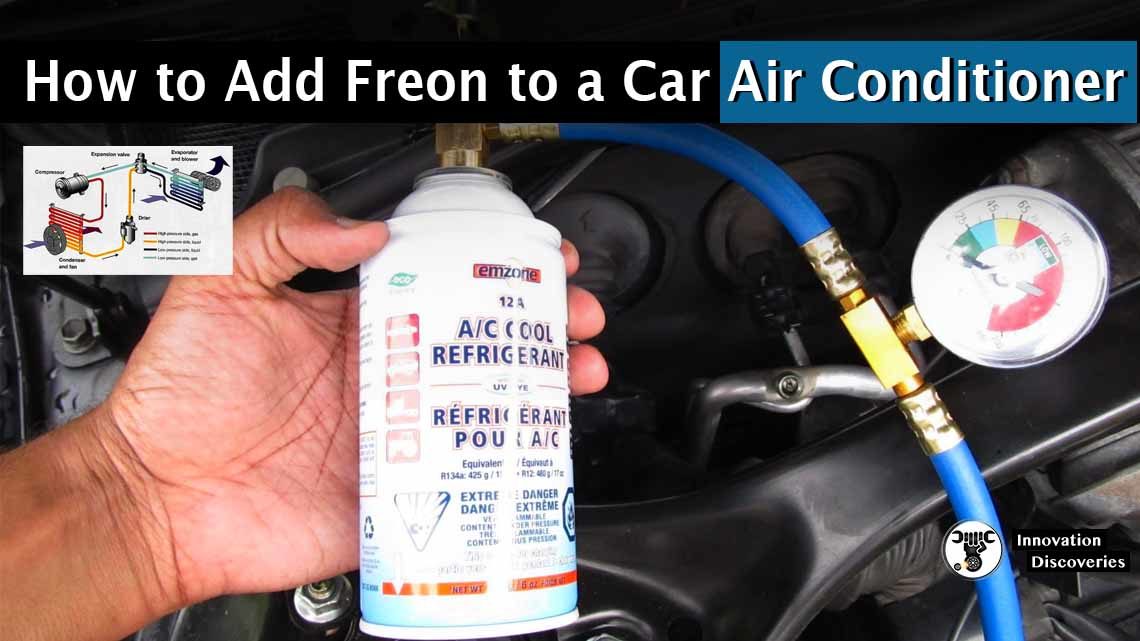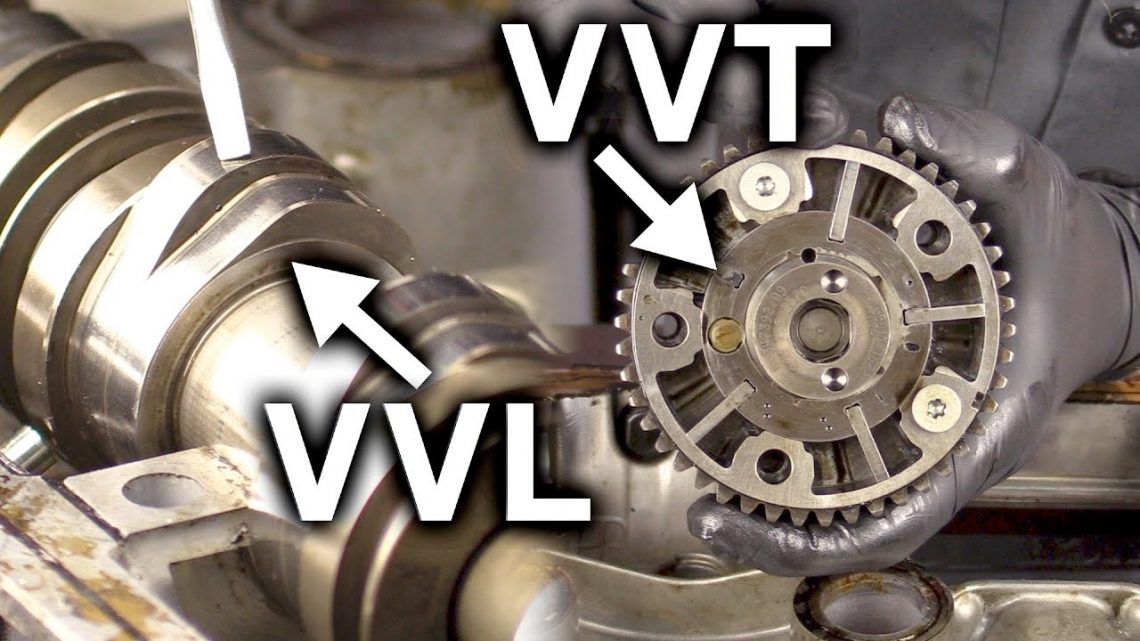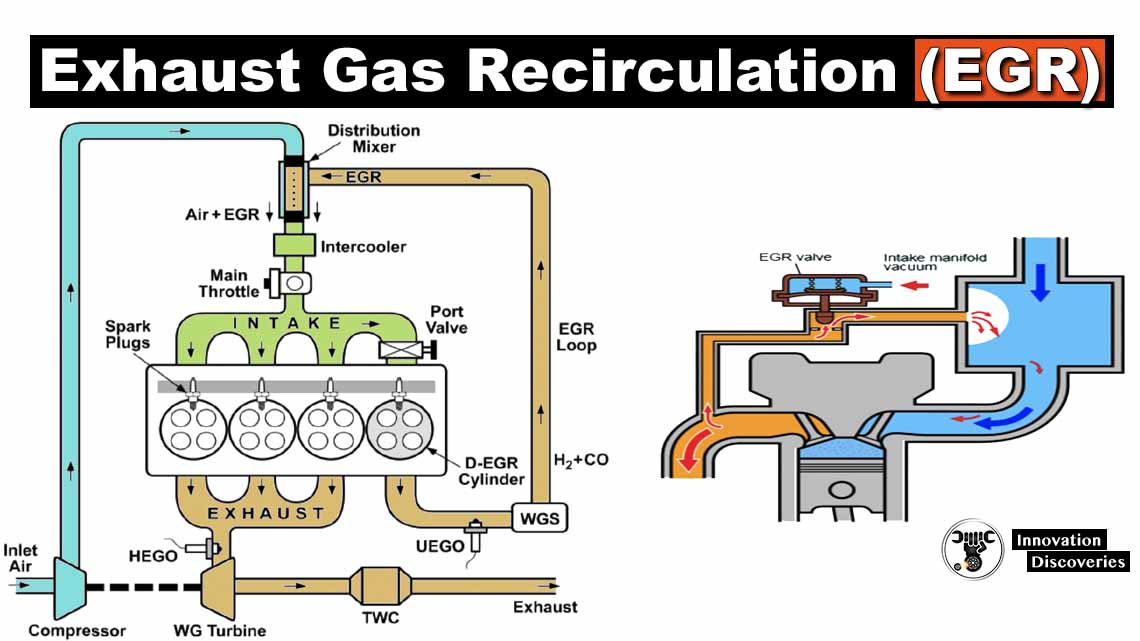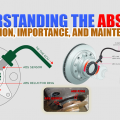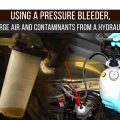
On top of driver comfort, interior blowers and heater resistors work in tandem with the rest of the HVAC system to assist driver safety.
They regulate temperatures to keep the driver alert and prevent windscreen fogging.
Due to their frequency of use, interior blowers and heater resistors are often high-demand components.
As they are interlinked, many technicians tend to misdiagnose problems with these parts.
INTERIOR BLOWERS RESISTORS
CHARACTERISTICS
Located in the HVAC module between the cabin air filter and evaporator or heater radiator, interior blowers function to continually draw air from the outside or maintain air re-circulation inside the passenger cabin.
It takes cold air from the evaporator or warm air from the heater radiator.
Interior blowers are made up of an electric motor and many plastic parts.
Due to the temperature variances, the plastic elements must be constructed using good quality materials for durability.
Carbon brushes and copper wirings within the electrical motor must be able to withstand electrical peaks during normal working conditions.
High electrical loads can cause low-quality carbon brushes to melt and warp the plastic covers, leading to interior blower failure.
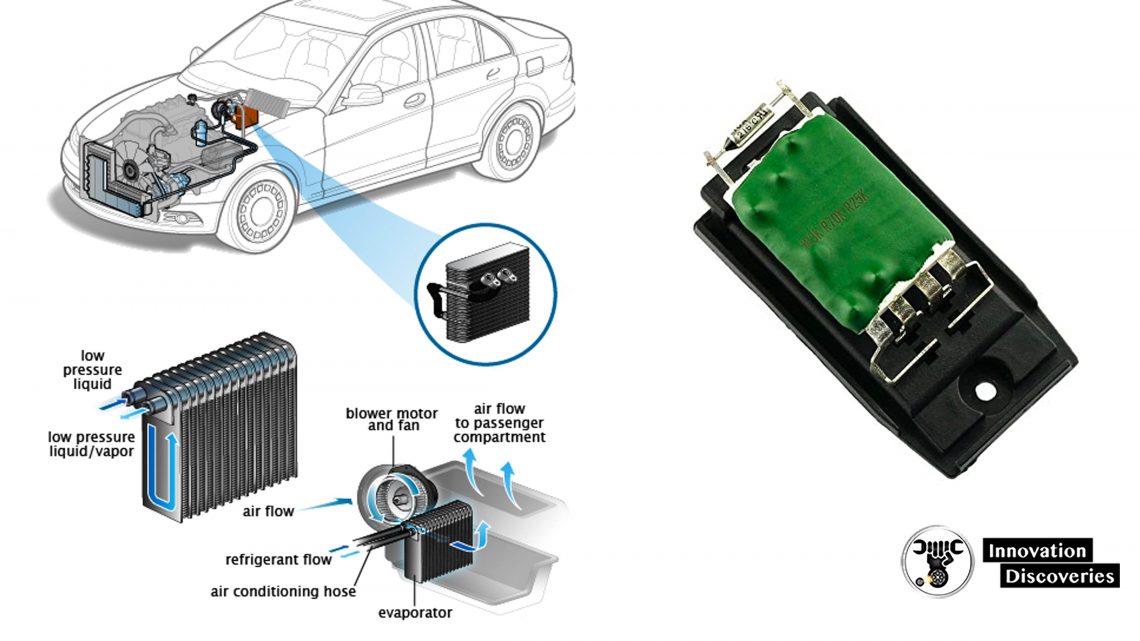
TROUBLESHOOTING
PROBLEM: Blower does not start regardless of speed selected.
TRY:
- Check if the fuse is blown and if so, replace it with a new one that is the same voltage.
- Alternatively, check if the connector to the blower is mounted correctly and make sure that the blower wheel is clean, without obstruction.
- Also, check if the generator is producing more voltage than appropriate for the blower.
PROBLEM: Blower only starts in one or some of the selected speeds.
TRY:
- Checking if the heater resistors are defective.
- If the heater resistor is integrated into the blower, the entire unit must be replaced.
PROBLEM: The blower is very loud and sometimes squeaky or the blower runs slowly or at an inconsistent speed.
TRY:
- Replacing the interior blower entirely. There is a mechanical defect with the carbon brush elements.
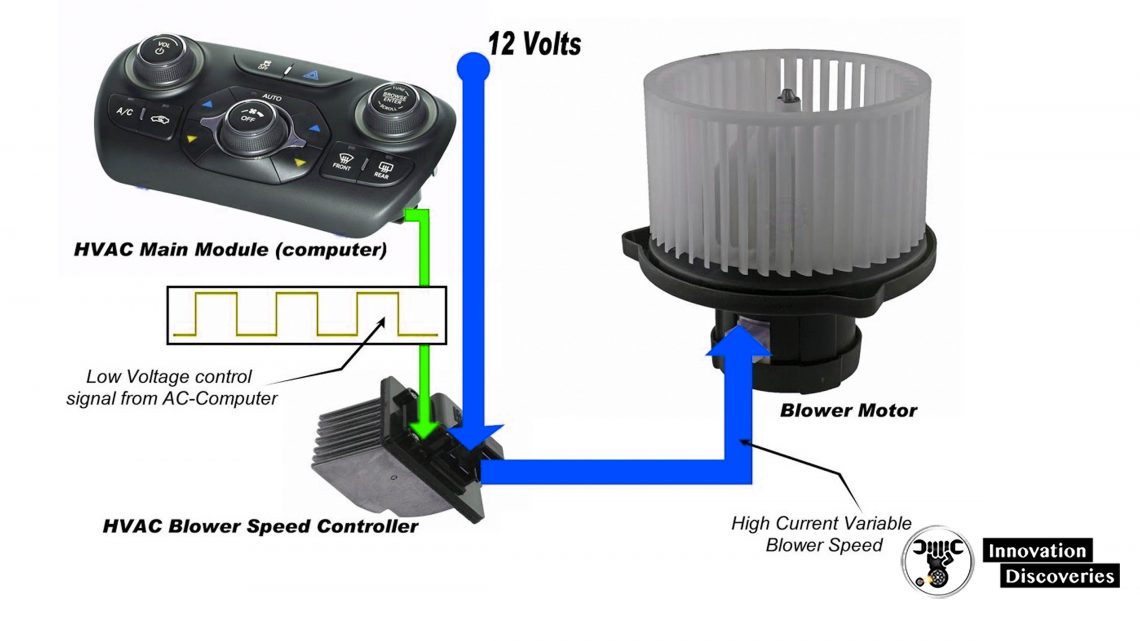
HEATER RESISTORS
CHARACTERISTICS
Heater resistors enable the heater blower motor to change the speed of the fan.
While it works in tandem with the interior blower, it is often overlooked during the inspection when a vehicle owner encounters an HVAC problem.
Without a resistor, the speed of the airflow from the blower motor cannot be changed or will completely fail to work.
A faulty resistor can lead to an electrical drain, causing a flat battery as the fan will only work at the highest setting.
TROUBLESHOOTING
When a blower only operates out of two speeds instead of four, or when the blower completely ceases to function (i.e. no air from vents), there could be something wrong with the heater resistor.
Faulty heater resistors need to be replaced swiftly to avoid further damage to the rest of the HVAC system following a thorough inspection.

READ MORE:
CAR AIR CONDITIONING /AC/ SYSTEM: FUNCTION, COMPONENTS, AND WORKING PRINCIPLE
HOW TO ADD FREON TO THE AIR CONDITIONER ON A CAR
DOWNLOAD
Visit Forum
Visit Our Friendly Website

- What Causes On The Turbocharger Overheat?
- The Differences Between Petrol And Diesel Turbos
- 5 Reasons You Shouldn’t Buy A Turbocharged Car
- TURBOCHARGER: COMPONENTS, WORKING PRINCIPLES, AND TYPES
- How Variable Valve Timing Works, And How it Makes Your Engine Better
- Exhaust Gas Recirculation (EGR)

